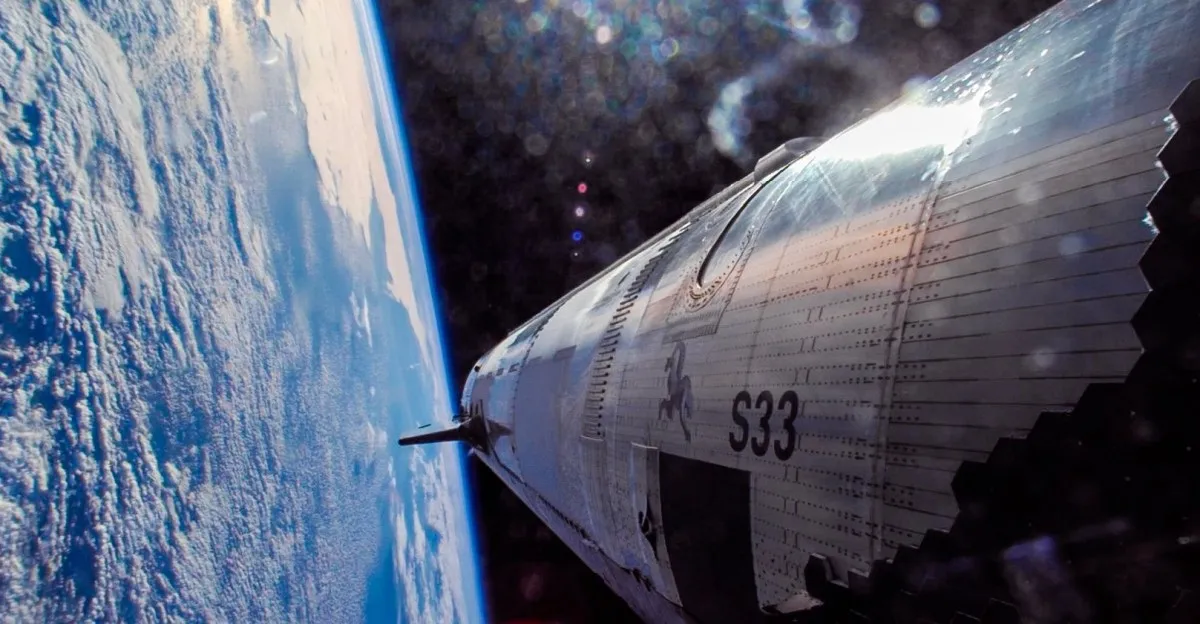
On January 16th, 2025, SpaceX experienced an explosion during the seventh test flight of its Starship spacecraft and Super Heavy booster. After a thorough investigation, the company now believes it has identified the cause behind the incident. The explosion was attributed to fires in the aft section of Starship, specifically located between the bottom of its liquid oxygen tank and rear heat shield. These fires led to “all but one of Starship’s engines to execute controlled shut down sequences,” resulting in a loss of communication and the subsequent activation of the spacecraft’s safety system, which triggered its self-destruction.
The primary goal of this test was to evaluate several upgrades to SpaceX’s heavy-lift rocket system. The mission began with a successful launch and a full duration burn. Following the separation of the Super Heavy booster from Starship, a boostback burn was initiated to guide the booster back to the launch site. The Super Heavy booster successfully executed a landing burn and was caught mid-air by the launch tower at Starbase, marking the second successful catch by the tower.
However, the mission did not proceed as planned for Starship. Approximately two minutes after the spacecraft's second stage Raptor engines ignited post-separation, a flash was observed in the aft section, known as the attic. Subsequent sensors detected a pressure rise from a leak, followed by a second flash and sustained fires. These fires caused a shutdown of all engines except one, ultimately leading to communication loss with Starship.
After the flight, SpaceX's Autonomous Flight Safety System triggered a self-destruct approximately three minutes post-communication loss. The analysis suggested that unexpected strong vibrations during the flight induced excessive stress on the propulsion system’s hardware, leading to a propellant leak. This exceeded the venting capability of Starship’s attic area, causing the sustained fires.
The explosion resulted in falling debris, resembling a meteor shower over the Turks and Caicos Islands. Although SpaceX reported that the debris landed within the designated Debris Response Area, the Federal Aviation Administration (FAA) temporarily slowed and rerouted several flights in the vicinity on the day of the incident.
As part of the ongoing investigation, SpaceX collaborated with the FAA, NASA, the National Transportation Safety Board, and the U.S. Space Force. The company conducted a 60-second static test fire with the Starship intended for the upcoming eighth flight. Based on the test results, SpaceX has implemented hardware modifications to fuel feedlines and adjusted propellant temperatures and operating thrust targets.
Additional improvements include adding vents and a "new purge system utilizing gaseous nitrogen" to the Starship's attic section to enhance its resistance to propellant leakage. SpaceX is working closely with the FAA to conclude the mishap investigation and obtain the necessary flight safety determination and license authorization for the next Starship flight, which is currently scheduled for February 28th, 2025.